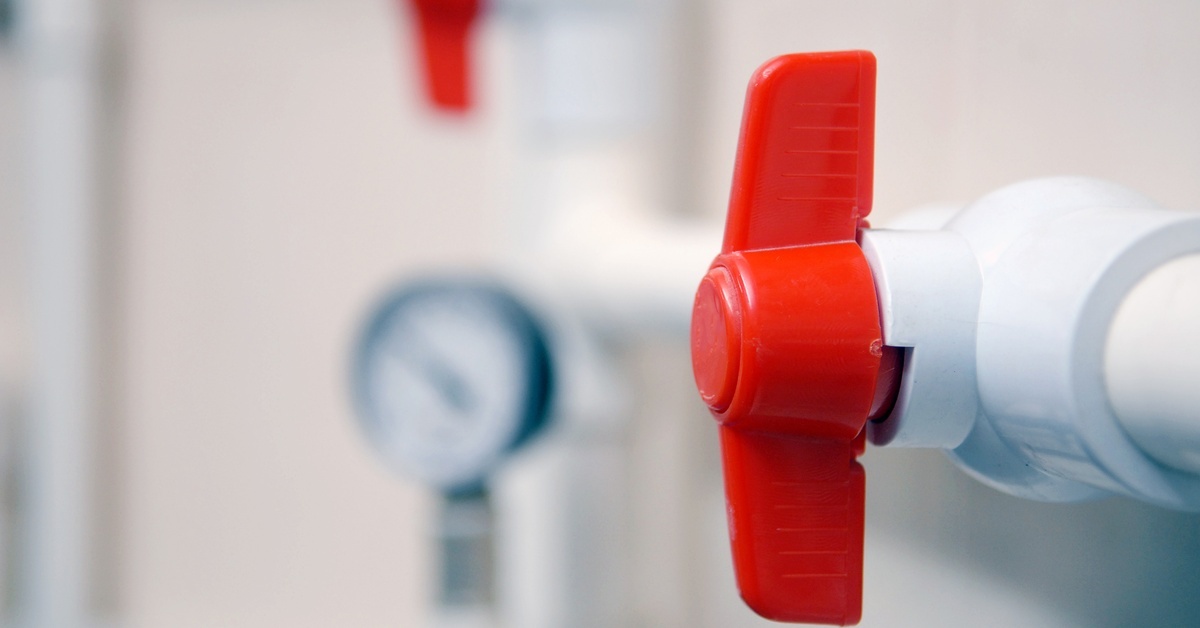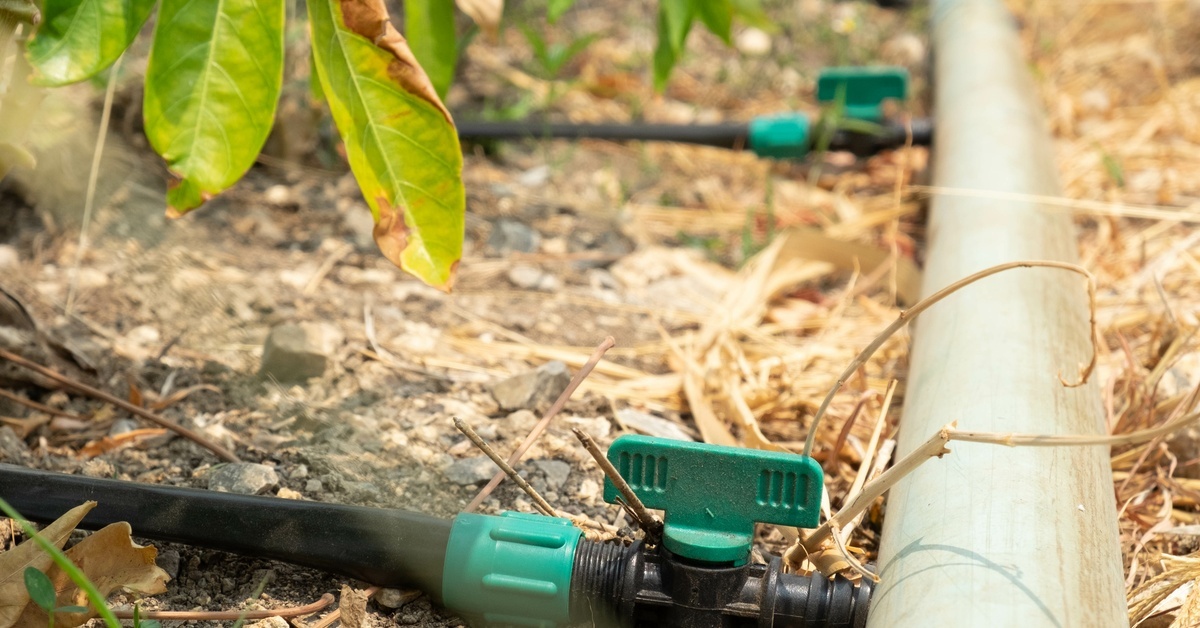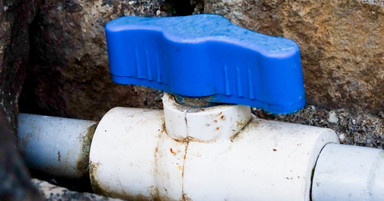11th Mar 2025
Helpful Tips on How To Loosen PVC Ball Valves
PVC ball valves are a staple in plumbing and contracting work, offering a dependable method for controlling water flow in various irrigation, industrial, and residential applications. However, as durable as they are, these valves can sometimes become stiff and almost impossible to turn due to wear, buildup, or prolonged lack of use.
If you’ve encountered a stubborn PVC ball valve, don’t worry. With a bit of knowledge, the right tools, and some preventative care, you can easily bring it back to smooth operation. Follow these helpful tips on how to loosen PVC ball valves to get your system working smoothly again.
What Causes PVC Ball Valves to Stiffen?
PVC ball valves work by using an internal rotating ball with a hole through its center to control water or liquid flow. While the design is simple, several factors can contribute to stiffness over time. The most common culprits include dirt or debris buildup within the valve, exposure to extreme temperatures, and lack of regular operation. Buildup from water or irrigation systems can also form over time, adding to the difficulty of turning the valve.
Another frequently overlooked factor is incorrect sizing or subpar installation. If the valve has been under undue pressure or installed improperly, the internal components might warp or misalign, causing stiffness. Recognizing these causes is the first step to identifying the best way to loosen a problematic valve.
Protect Yourself Before Getting to Work
While the task of loosening a PVC ball valve might seem straightforward, safety should always come first. Working with plumbing systems often involves handling water, pressure, and occasionally harsh chemicals, so preparation is key. Start by turning off the system and relieving water pressure in the pipes. This minimizes the risk of unexpected sprays or sudden movements.
Ensure you wear protective gear like gloves and goggles, especially if the valve is part of an irrigation system that may carry fertilizers or water treatment chemicals.
Adequate ventilation is important, too, if you're working in a closed area where fumes or heat could build up quickly. Having a stable and well-lit workspace not only makes the task easier but also reduces the chance of accidental injury.

The Tools That Will Simplify Your Work
Having the right tools on hand can make all the difference in successfully loosening a PVC ball valve. A good pair of rubber or silicone-grip gloves is essential, giving you the leverage needed to handle slick or slippery surfaces. If the gloves don’t provide enough grip, strap wrenches are an excellent alternative. These tools apply firm but even pressure on the outer surface of the valve without damaging the PVC material.
Another helpful option is a high-quality oil or lubricant spray. These products can work wonders for loosening buildup that might have accumulated inside the valve. Finally, keep a clean cloth or towel nearby to wipe away loose debris or excess lubricant as you go.
Expert Techniques to Safely Loosen Your Stiff PVC Valve
Now that you’re armed with tools and an understanding of safety precautions, it’s time to tackle the valve. One of the most helpful tips on how to loosen PVC ball valves is to start with the simplest method—using your hands. With gloves on, apply gentle but firm pressure to the valve handle while attempting to rotate it in small increments back and forth. Avoid using brute force, as this could crack the PVC material or damage the seal.
If the valve still won’t budge, apply a lubricant spray to its pivot points and moving parts. Allow the lubricant to penetrate for a few minutes before attempting to turn the valve again.
Should these methods fail, use a strap wrench to gain additional leverage. Slowly and carefully apply added pressure while ensuring you’re not overexerting force. Persistent resistance may indicate a more serious internal issue, requiring further measures or eventual replacement of the valve. Thankfully, if it comes down to that, you can easily find PVC ball valves online and replace your damaged valve.
Tips to Keep Your PVC Valves Working Like New
Once your valve is functioning again, maintaining it properly will prevent future issues. Regularly operating the valve by opening and closing it a few times can help keep internal components moving freely. This simple step reduces the chances of debris buildup or sediment hardening inside the ball mechanism.
Cleaning the valve periodically is also important, especially for irrigation or industrial systems that deal with heavy water or chemical flow. Flushing the system with clean water can greatly reduce the accumulation of deposits. Finally, always inspect the valve during routine maintenance for signs of wear, cracks, or damage. Early detection of minor problems allows for timely replacements, preventing costly or inconvenient downtime later.

Knowing When Professional Help Is Needed
Despite your best efforts, some PVC ball valve issues require professional intervention. If the valve is heavily corroded, cracked, or leaking, it may be beyond repair. Similarly, if you notice that repeated efforts to loosen the valve result in no improvement or worsening conditions, it’s better to call in a licensed plumber.
Professionals have the expertise and specialized tools to assess and resolve complex valve issues without further damaging your system. Additionally, tackling major problems without the necessary experience could void warranties or lead to more expensive repairs later on. The sooner you talk to an expert, the sooner they can get your plumbing system back into working order.
Keep Your PVC Ball Valves Moving Smoothly
PVC ball valves are crucial components for controlling water flow in plumbing, irrigation, and industrial systems. While they’re generally reliable, stiffness can occur due to dirt, chemical deposits, or prolonged inactivity. By preparing adequately, using the right tools, and following the proper techniques, loosening a PVC ball valve becomes a straightforward task.
Remember, ongoing maintenance is key to extending the life of your valves and preventing future issues. However, don’t hesitate to seek professional help if the problem persists or worsens after your intervention. A little care and attention can go a long way in keeping your systems running smoothly. Now that you know the essentials of loosening PVC ball valves, you can be proactive and prepared when you run into problems with your plumbing system.

